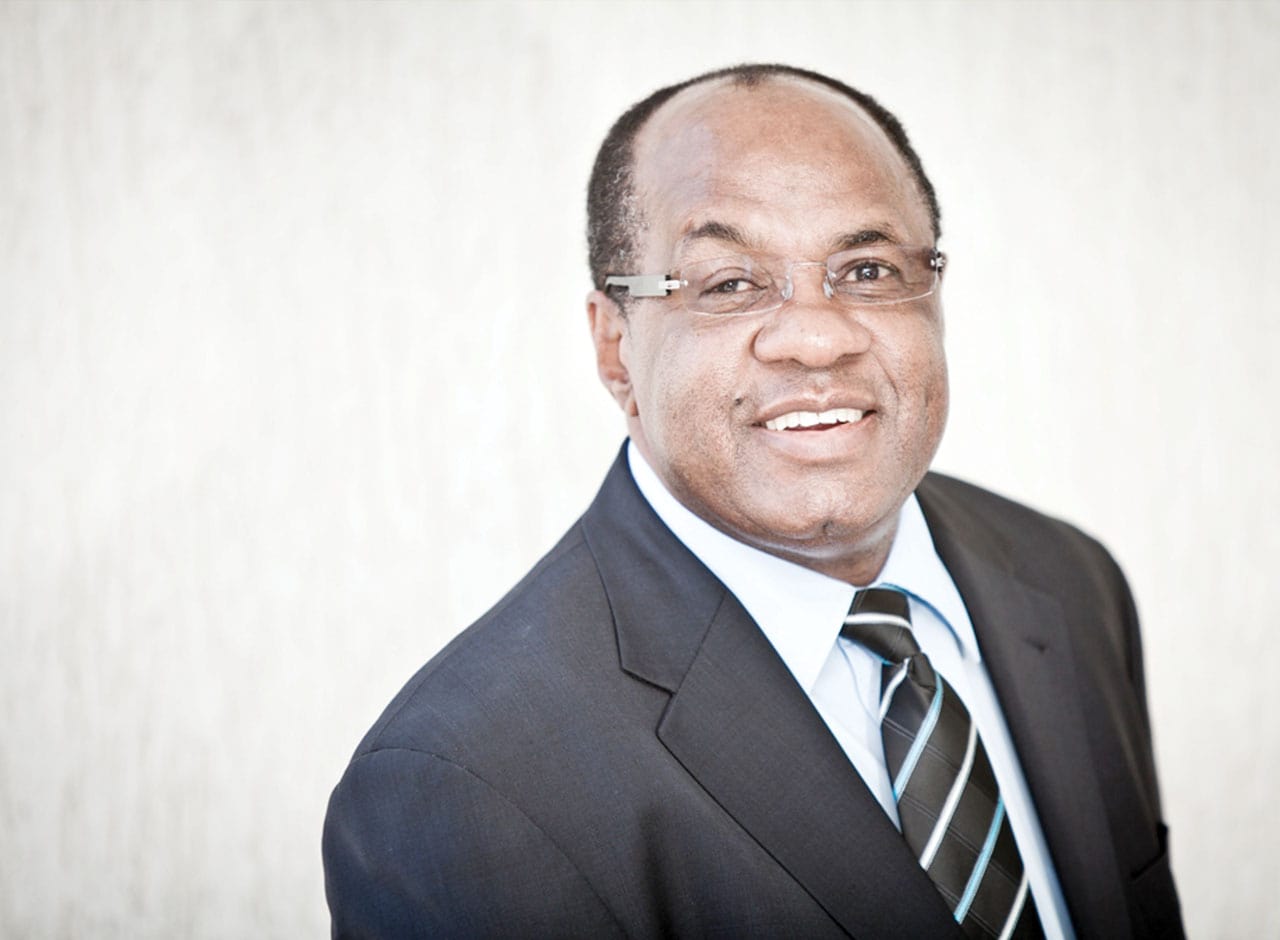Martin Endjala
The Bank of Namibia (BoN) today announced an increase of the repo rate to seven percent by 25 basis points. The repo rate increased from 6.7 percent. BoN Governor Johannes !Gawaxab stated that the decision to increase the repo rate is mainly to continue anchoring inflation expectations and safeguarding the peg arrangement, as well as the comprehensive review of global, regional and domestic economic developments.
The Governor also said that the notion by a number of members of public that the Central Bank increasesthe repo rate willy-nilly is “very” wrong, as the Monetary Policy Committee (MPC) makes decisions according to data analysis provided to them.
!Gawaxab further maintained that BoN is aware that the increase of the repo rate will not provide stability in many people’s lives, however, if they do not increase, it will bring even much more pain than pain that many people are currently experiencing, thus affirming that it was necessary that they continue to do this.
“We cannot afford to run out of control, hence, as a central bank we have to undertake this measure over a long period of time because it is in the best interest of the country. Moreover, this monetary policy stance will take the current negative real policy interest rate to a neutral rate. The bank is not just here to make a profit, except where it is necessary, given that we are a responsive bank and where it is needed we will do so. Purpose before dividends, we are not here to make a profit”, !Gawaxab said.
Meanwhile, Josef Sheehama, an Economist says the job of the central bank is to adjust its policy in response to these shocks.
“Therefore, soaring costs for energy, food, and transport as well as a mismatch of demand and supply have forced more rate hikes. An increasing cost of living impacts everyone differently. Whether you’re saving for your first home or trying to make ends meet or trying to save for the future, money is now expensive.
The Economist said that it should be noted that although much of this inflationary pressure is supply- side based, there is merit in increasing interest rates as a tool to try to slow down inflation, while pointing out that the fundamental debates about hikes and interest rates are centred around concerns as to whether the Central Bank is an inflation creator or an inflation fighter.
“The responsibility of monetary policymakers is to adequately respond to inflation, and those who see the central bank as an inflation fighter must therefore believe that inflation has some source other than the central bank and has non-monetary monetary factors”, Sheehama stated.
Similarly, Sheehama narrated that the BoN Monetary Policy Committee (MPC) decision to hike the repo rate by 0.25 percent basis points on Wednesday to 7.00 percent from 6.75 percent will result in commercial banks increasing their interest lending rates.
Meanwhile, domestic economic activity continues to show a gradual improvement. The inflation rate remains elevated, while the growth in Private Sector Credit Extension (PSCE) remains weak. The stock of international reserves remains sufficient to support the currency peg and meet the country’s international financial obligations.
Moreover, Namibia’s average inflation rose to 6.1 percent in 2022 compared to 3.6 percent in 2021. The rise in inflation continued to be predominantly driven by transport inflation, on account of high international oil prices. On a monthly basis, overall inflation remained elevated at 7.0 percent during January 2023 compared to 6.9 percent in December 2022.
Namibia’s overall inflation for 2023, however, is expected to decline to an average of 5.3 percent. This is an upward revision from 4.9 percent forecast at the last MPC.
Additionally, Since the last MPC meeting, the demand for credit has improved slightly but remains weak.
This is evidenced in the year-on-year growth in PSCE which amounted to 4.2 percent in December 2022 compared to 3.7 percent in November 2022.
The slight improvement in PSCE growth was on the back of a moderate rise in the demand for credit by both corporate and household sectors.
The recovery in both sectors was driven by instalment sales and leasing credit and other loans and advances categories. On average, growth in PSCE rose to 3.6 percent in 2022, compared to 2.4 percent in the previous year.
For 2023, global growth is projected to slow down further relative to 2022. In particular, the International Monetary Fund (IMF) projects global economic activity to grow by 2.9 percent in 2023.
In this regard, growth in the AEs is expected to decline to 1.2 percent in 2023 from an estimated 2.7 percent in 2022. Notwithstanding the projected low global growth, EMDEs’ growth is expected to improve modestly from 3.9 percent in 2022 to 4.0 percent in 2023.
The moderate improvement will be supported by higher growth in China, largely due to the lifting of the Covid-19 pandemic restrictions.
The Bank said it will continue to monitor developments and their potential effects on the domestic economy and will act appropriately, in line with its mandate to ensure price stability in the interest of sustainable economic growth and development of the country. The next meeting of the MPC is slated for 17 and 18 April 2023.




